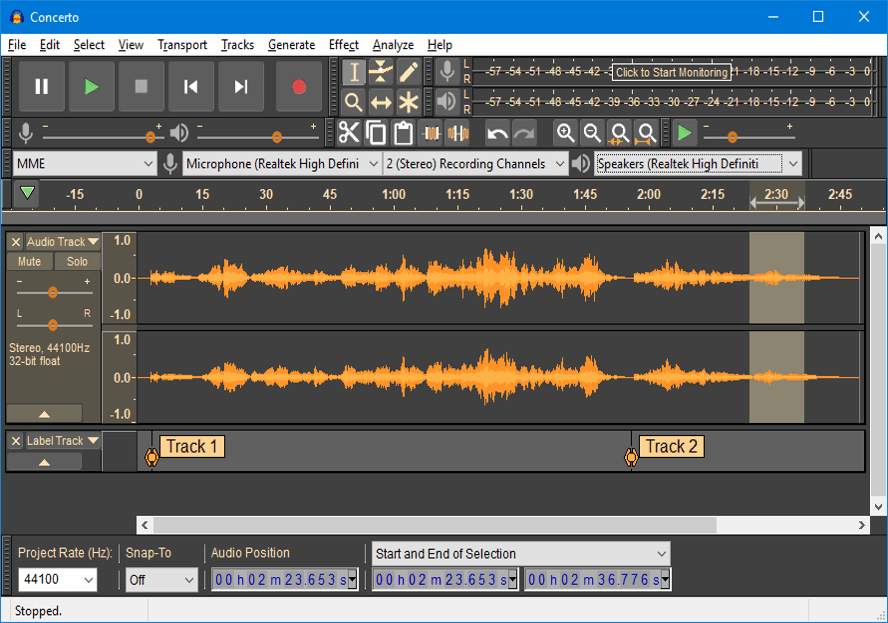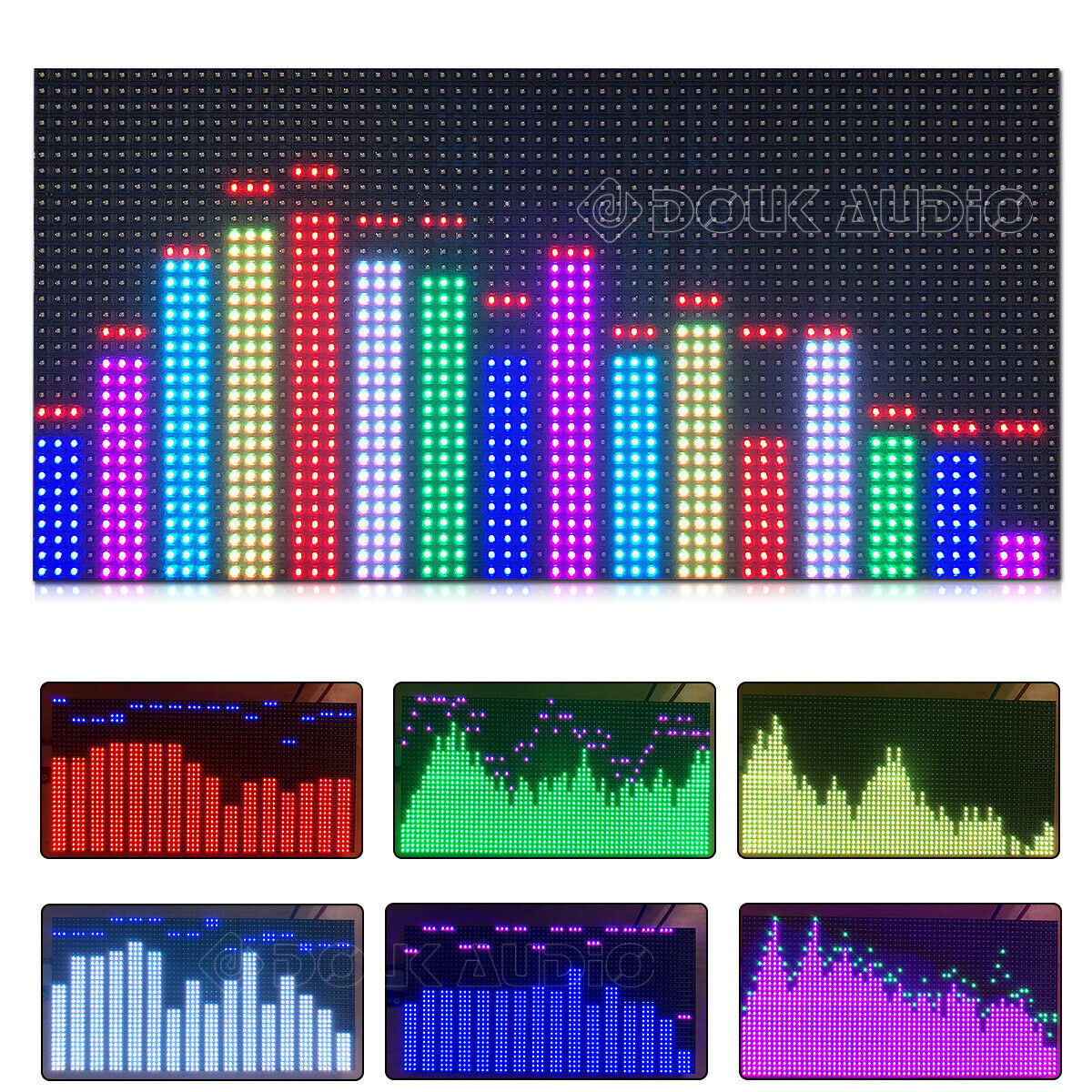

Below, we’ll show you how to turn your audio spectrum into a circle or an abstraction. Notice that the default style and colors are already pre-configured. Once you’ve performed these actions, use the Preview button to see how the audio spectrum visualizer will look during the playback. For instance, if it’s the sound from the video, the name of the video file will show up in the dropdown menu. Finally, in the Audio field located below, choose the file you want to visualize the sound from.If you can’t find the Properties window, right-click on the audio spectrum object and select Properties. Next, open the Properties Window tab on the right-hand side of the dashboard, scroll down to the Audio objects settings, and select Resources - Object on scene.Click anywhere on the scene and drag the mouse while keeping the left button pressed to place the audio spectrum on the scene.Decide if you want the spectrum to appear from the beginning of the video or from the cursor position (if it’s not placed at the start of the video), then click Ok. In the next window, you’ll be asked about the object position.You would use it if you wanted to visualize an external soundtrack located on your PC. Now, do you want to visualize the audio track of your video file? If so, just close the explorer window that will pop up once you choose the Spectrum.On the left-hand side toolbar, find the Audio visualization icon and make a click on it (see the illustration below).

It can be a video file with a sound or a separate audio file. To create a basic audio spectrum, follow the steps below. Stay tuned! How to use audio spectrum visualizer in VSDC In this post, you’ll find a guide to using VSDC audio spectrum visualizer and creating your first sound animation. You’ll be able to create a unique music video and customize the animation to your needs. Plus, there are 500+ terrific presets available for the VSDC audio visualizer. Now, it’s been a few years since we added audio spectrum to the VSDC toolset, and here is what you’ll be able to do with it:Īnd since VSDC is a full-featured video editor, you’ll be able to add titles, lyrics, and stylish effects such as raindrops and foggy glass. It’s a handy tool that helps you animate your soundtrack, and you can use it for lyrics videos, your online radio broadcasts, or any other music-related projects. The edges of the signal y.One of the most popular requests on the VSDC YouTube channel has long been an Audio Spectrum Visualizer. If center=True, this argument is passed to np.pad for padding dtype np.dtype, optionalĬomplex numeric type for D. Note, however, that center must be set to False when analyzing

If False, then D begins at y.ĭefaults to True, which simplifies the alignment of D onto a If True, the signal y is padded so that frameĭ is centered at y. Most applications in audio signal processing. window string, tuple, number, function, or np.ndarray Ī window specification (string, tuple, or number) Ī window function, such as ĭefaults to a raised cosine window ( ‘hann’), which is adequate for

If unspecified, defaults to win_length = n_fft. This effect is knownĪs the time-frequency localization trade-off and needs to be adjustedĪccording to the properties of the input signal y. Pure tones that are closely spaced in frequency). theĪbility to discriminate impulses that are closely spaced in time)Īt the expense of frequency resolution (i.e. Smaller values improve the temporal resolution of the STFT (i.e. win_length int <= n_fft Įach frame of audio is windowed by window of length win_lengthĪnd then padded with zeros to match n_fft. If unspecified, defaults to win_length // 4 (see below). Smaller values increase the number of columns in D withoutĪffecting the frequency resolution of the STFT. Number of audio samples between adjacent STFT columns. Optimizing the speed of the fast Fourier transform (FFT) algorithm. In any case, we recommend setting n_fft to a power of two for However, in speech processing, the recommended value is 512,Ĭorresponding to 23 milliseconds at a sample rate of 22050 Hz. The default value, n_fft=2048 samples, corresponds to a physicalĭuration of 93 milliseconds at a sample rate of 22050 Hz, i.e. The number of rows in the STFT matrix D is (1 + n_fft/2). Length of the windowed signal after padding with zeros. Of the utility functions frames_to_samples and fft_frequencies. The integers t and f can be converted to physical units by means Np.angle(D) is the phase of frequency bin f Np.abs(D) is the magnitude of frequency bin f This function returns a complex-valued matrix D such that The STFT represents a signal in the time-frequency domain byĬomputing discrete Fourier transforms (DFT) over short overlapping stft ( y, *, n_fft = 2048, hop_length = None, win_length = None, window = 'hann', center = True, dtype = None, pad_mode = 'constant', out = None ) ¶


 0 kommentar(er)
0 kommentar(er)
